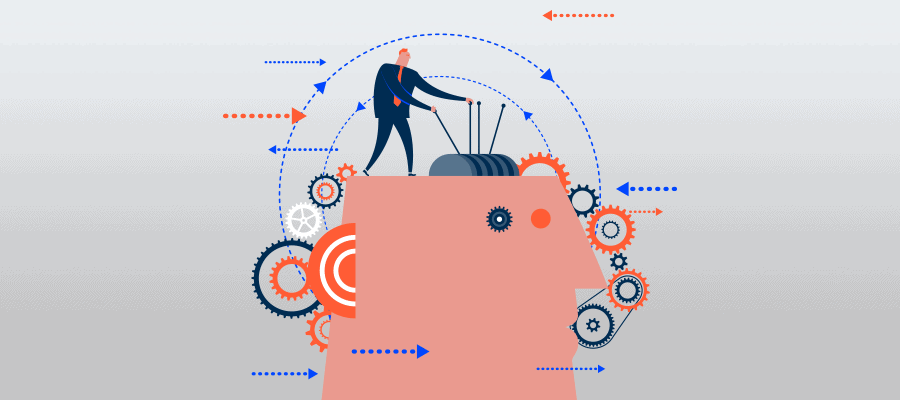Talent Management
HR Analytics: A Great Leap Forward
26 May 2021

Strategic decisions have long been made with no consideration for human resources. In the course of an acquisition, financial criteria are extensively and closely examined by the buyer. What will be the potential for growth? What technological synergies will the desired organization be able to contribute? And yet, the quality of human management and the available pool of skills will often remain unexplored until after the acquisition has been made. It’s certainly not easy to conduct an audit of the workforce in the middle of a negotiation without drawing attention to an operation that is meant to remain quiet. While organizations have largely equipped themselves with payroll and talent management systems, these tools struggle to provide a clear vision of the information they contain. As their name suggests, HR are concerned with human issues, which are more difficult to quantify than sales figures or cost price. Their impact can be quite challenging to estimate.
Things change, and a new software suite’s capacity to analyze non-financial information is putting HR services back in direct contact with an organization’s strategic decision-making. Nowadays, the combined data on, to name a few, seniority, jobs, remuneration, career evolution, raises, absenteism and parity of employees offers a whole new perspective on the health of organizations. An organization’s performance can finally be rationalized based on the quality of its human capital, and the financial impact of HR initiatives can be simulated beyond the direct cost they entail. The rise of HR analytics is turning human resource directors into genuine business partners.
To assess the progress that’s been made, let’s turn the clocks back 30 years. The first analytical tools conceived in the 1990s were used to facilitate financial analysis: automated financial statements produced by solutions such as SAP Crystal Report made things a lot easier for decision-makers. However, the reports they were meant to generate were not suitable for HR management. The second generation of software followed about ten years later. Business intelligence (BI) tools such as Tableau (2003) were created to assist analysts in their work, facilitating multidimensional study of financial and commercial data, as well as its visual interpretation. People started talking about “data cubes “, as opposed to two-dimensional Excel spreadsheets. Their use was restricted to professionals – special expertise was necessary for creating and interpreting results graphs.
As BI tools continued to evolve, they were able to help decision-makers come up with predictions after exploring and interpreting their data. It became possible to execute intelligent what-if analysis, addressing specific questions with the right indicators accurately identified. In 2016, artificial intelligence and machine learning were both gaining ground within organizations. While these “guided analysis” tools kept spreading, they were once again limited to organizations’ financial scenarios.
The verticalization of business intelligence became the final step in its evolution. A few years later, it gained the ability to address specific needs related to individual occupational categories. More ergonomic and straightforward than ever before, the most recent software could be operated by the decision-maker without the help of an analyst. Most importantly, this software became accessible to organizations of all sizes, not just the largest ones. As applied to HR, guided analysis allows for an easy dive into the causes of trends seen on traditional charts, helping to deduce action plans. For instance, knowing how to react to an abnormal increase in payroll isn’t self-evident. Is this data a consequence of an unexpected expansion of the workforce, or of uncontrolled wage increases? Is it only limited to certain occupations? Is there any connection to absenteeism, additional working hours or the hiring of more senior employees? Is there a retention problem at certain levels of the organization? It now only takes a few clicks to explore the organization in close detail, identify cause-and-effect relationships and make informed decisions.
These new solutions are meant to make sense of the data in terms of its business impact, while offering HR directors solid guidance on how to make human issues a priority for organizations. Yet, according to Gartner, only 21% of these directors say that their company makes efficient use of its HR data. In line with its commitments, Cegid Talent is working to improve this statistic and live up to your expectations. We’ll be back very shortly with more on a major innovation we have in store for you.


